Since beginning my PhD on art in amber more than a decade ago I have looked at the world through amber-tinted spectacles.
Glowing, golden amber has been my motivation to travel far and wide: to Maastricht and its spectacular art fair to see choice new pieces being offered for sale, to Rome to see the amber relics of Etruscan graves, to Stuttgart to see the world’s largest piece of Burmese amber, to New York to see the Metropolitan Museum’s newest acquisitions, to Amsterdam to see unusual early-twentieth-century jewellery in amber and to Gdansk to get a feel for the town that produced so many exceptional amber objects in the sixteenth, seventeenth and eighteenth centuries. And of course, I’ve had the pleasure of working with National Museums Scotland’s amber collection, two beautiful pieces from which you can see below.
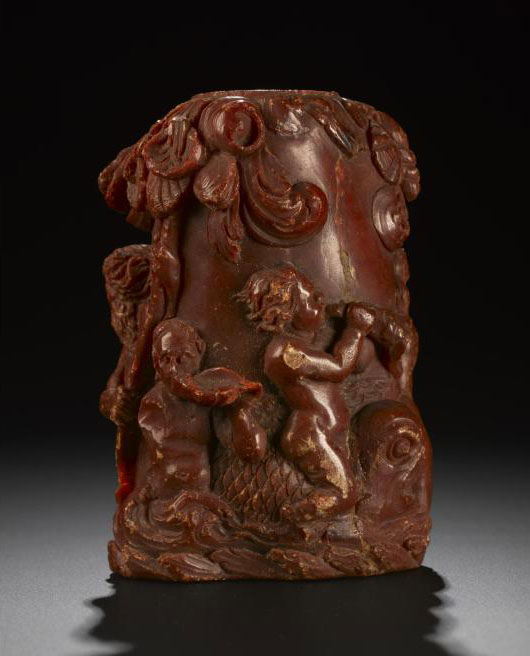
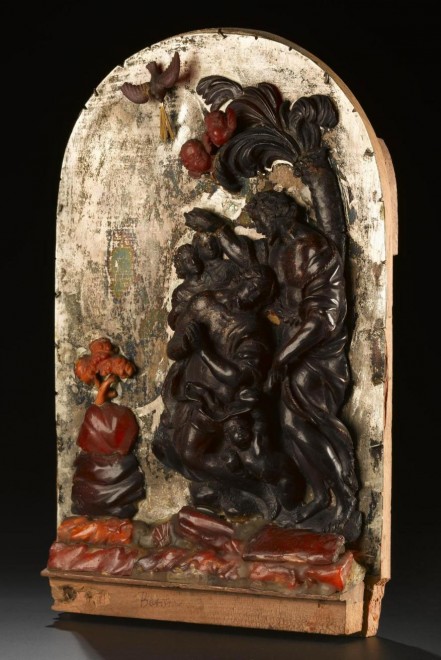
But after years of dreaming about it, in Autumn 2015 I was finally able to travel to Kaliningrad, a city many may know better as Koenigsberg. Dr Irina Polyakova of the Amber Museum Kaliningrad was the fairy godmother who made my wish come true.
She invited me to give a paper at her international conference “Amber in the History of Medicine”. Established in the early 1970s, this museum is one of only a handful worldwide to dedicate itself to the history of amber and it sits uniquely at the heart of the region where most of the world’s amber is found. It works tirelessly to promote amber, regularly producing touring exhibitions to showcase the material from a myriad of different viewpoints. Particularly important is the museum’s dedication to driving research on amber, spearheaded by the director Tatyana Suvorova and Irina Polyakova: the conference and the soon-to-follow publication are just one part of their tireless work.
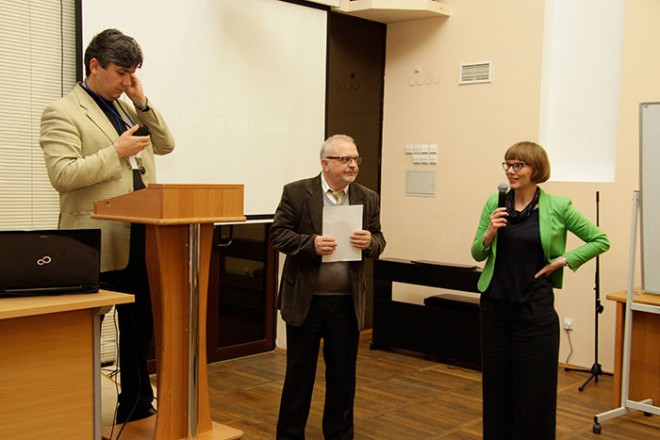
The conference taught me a huge amount about amber and its application in medicine. Colleagues from museums in Riga (Prof. Juris Salaks) and Palanga (Regina Makauskiene) explained how they communicate this difficult subject to their audience and use amber in their outreach work . Sigita Baguzaite-Talackiene (Palanga) explored the amber amulets found in medieval graves. Chris Duffin (London) investigated amber’s special status among fossil materials. Laura Kreigere-Liepina (National Library of Latvia) and Lada Syrovatko (Kaliningrad) explored the poet Daniel Hermann and his odes to amber, while Dr Inga Lyashenko (Riga) told us about the utilisation of amber in modern medical textiles. The talks were too many to detail individually, but thanks go to Iosif Volfson (Russian Geological Society), Maria Do Sameiro Barroso (Portuguese Medical Association) and Maxim Bogdasarov (Belarus) among others for sharing their research so freely, and to the staff of the Immanuel Kant Baltic Federal University, as well as Olga and Marina for assisting non-Russian speakers.
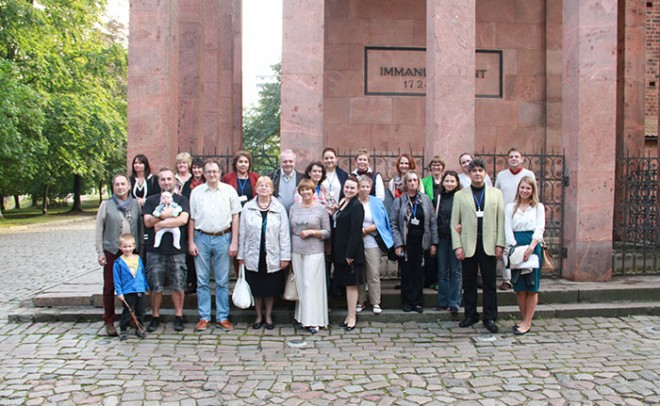
The highlight of the conference for me was a wonderful day spent with new friends exploring the region and the sites where amber is found. The mayor of Donskoye greeted us warmly and local reenactors demonstrated sixteenth-century amber fishing methods.
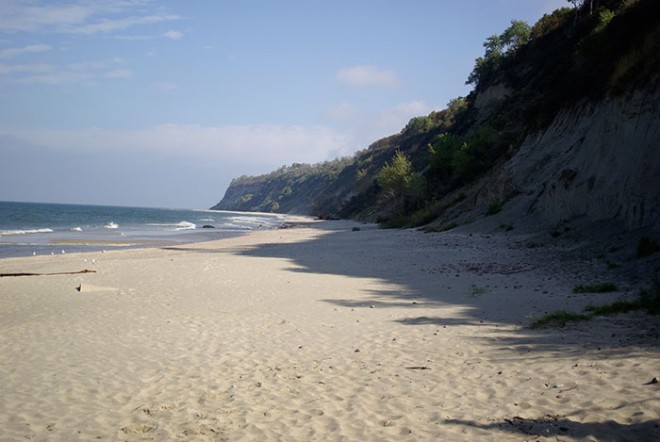
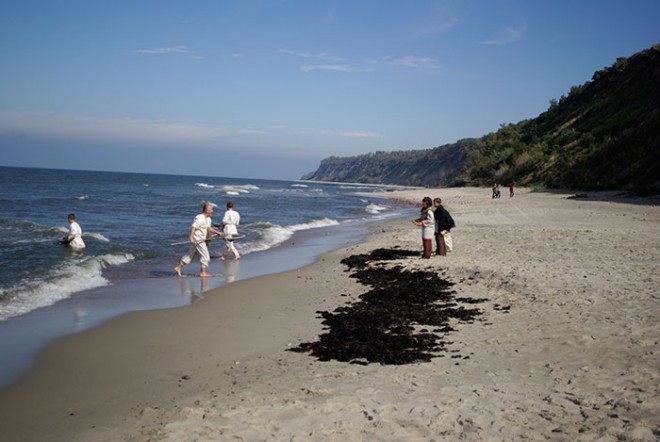
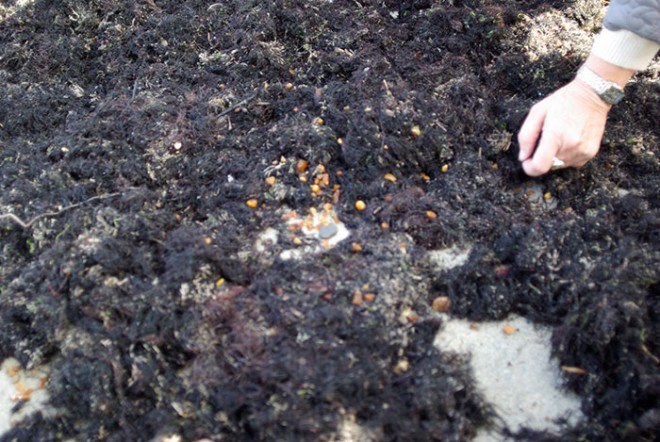
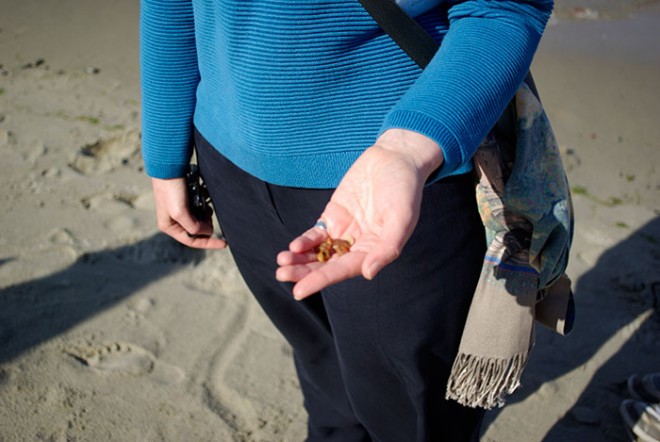
We drove winding and beautifully green roads to Yantarny where we were privileged with an insight into operations at the world’s largest and oldest open-cast amber mine.
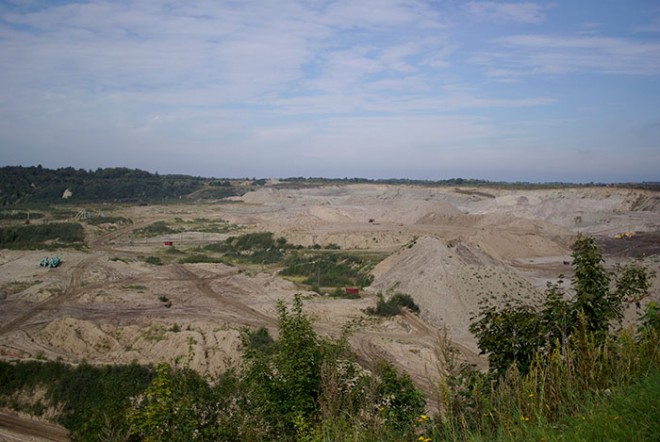
An insightful and emotion-filled tour of Kaliningrad by Ilya Demenyev rounded off the visit.
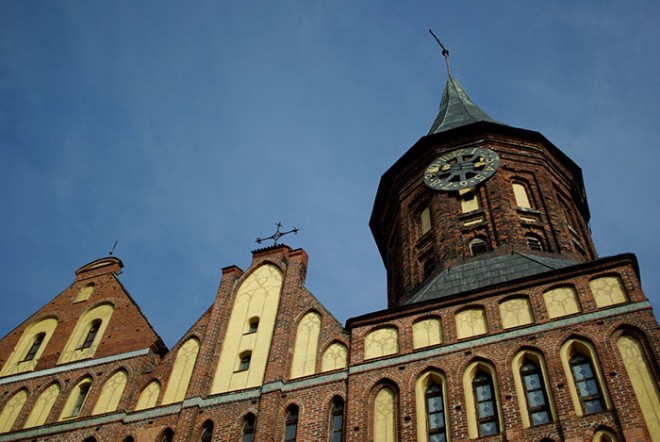
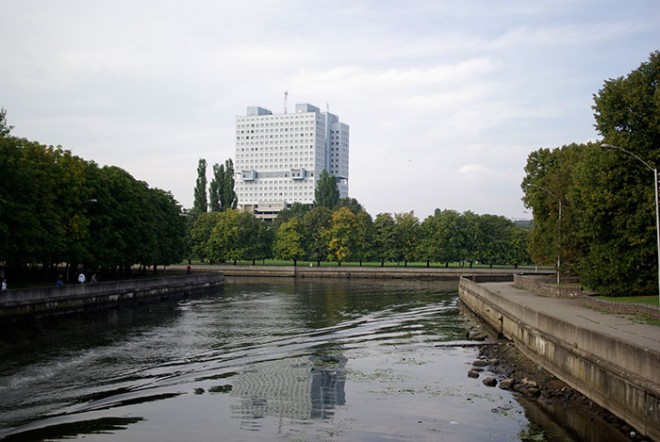
The conference allowed me a deeper insight into the culture of the region than I could ever have gained as an independent traveller and I am deeply grateful to Tatyana and Irina and to the museum for their generosity in hosting me. I marvel all the more at the stunning albeit fragmentary amber altarpiece in our collection knowing how far the material has travelled – first from the Baltic to Italy, where it was probably worked, to Scotland, where we have been able to enjoy it for more than one hundred years.